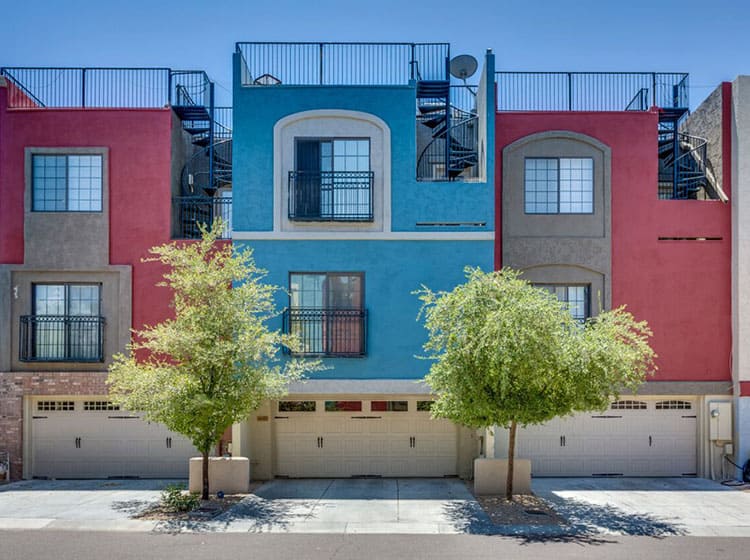Seasonal Factors In Commercial Exterior Painting: Secret Insights You Need To Know
Seasonal Factors In Commercial Exterior Painting: Secret Insights You Need To Know
Blog Article
Content Composed By-Burnham Browne
When you're planning a commercial outside painting job, seasonal variables can make or damage your outcomes. You'll intend to think about how temperature level and humidity influence paint application and drying times. Choosing the ideal period can guarantee your paint adheres correctly and lasts much longer. But which periods are genuinely the very best for this type of work? Let's discover the key elements that can influence your project's success.
The Influence of Temperature on Paint Application
When you're preparing a business external paint job, the temperature can dramatically impact just how well the paint sticks and dries.
Ideally, you wish to repaint when temperature levels range between 50 ° F and 85 ° F. If it's as well chilly, the paint might not heal effectively, causing issues like peeling off or cracking.
On please click the up coming document , if it's as well warm, the paint can dry out also swiftly, avoiding appropriate adhesion and resulting in an irregular surface.
visit our website ought to additionally consider the moment of day; early morning or late afternoon provides cooler temperature levels, which can be a lot more desirable.
Constantly examine the supplier's recommendations for the certain paint you're utilizing, as they frequently offer support on the ideal temperature level range for optimum results.
Moisture and Its Effect on Drying Times
Temperature isn't the only environmental variable that influences your business exterior painting project; humidity plays a substantial function also. High humidity levels can decrease drying times substantially, affecting the overall quality of your paint task.
When the air is filled with moisture, the paint takes longer to cure, which can result in concerns like bad bond and a higher threat of mold growth. If you're repainting on a specifically damp day, be planned for extended delay times between coats.
It's crucial to keep an eye on regional weather conditions and plan accordingly. Preferably, aim for moisture levels between 40% and 70% for ideal drying.
Maintaining these factors in mind ensures your project remains on track and delivers a long-term surface.
Best Seasons for Commercial Outside Paint Projects
What's the very best time of year for your commercial external paint tasks?
Spring and very early autumn are generally your best bets. Throughout these seasons, temperatures are mild, and moisture levels are commonly lower, creating suitable conditions for paint application and drying out.
Avoid summertime's intense heat, which can trigger paint to dry also swiftly, causing poor attachment and coating. Similarly, winter months's cool temperatures can prevent appropriate drying and treating, taking the chance of the durability of your paint work.
Aim for days with temperatures between 50 ° F and 85 ° F for optimum results. Bear in mind to examine the local weather prediction for rainfall, as damp conditions can ruin your task.
Planning around these elements guarantees your paint task runs efficiently and lasts longer.
Conclusion
Finally, preparing your business exterior paint jobs around seasonal factors to consider can make a considerable difference in the outcome. By organizing work during the suitable temperature levels and humidity levels, you'll make certain much better adhesion and drying times. Bear in mind to keep an eye on regional weather forecasts and choose the right time of year-- springtime and early loss are your best bets. Taking these actions will certainly help you attain a sturdy and professional finish that lasts.
